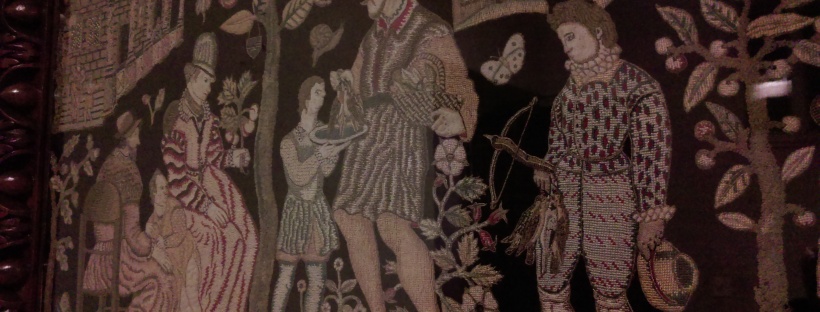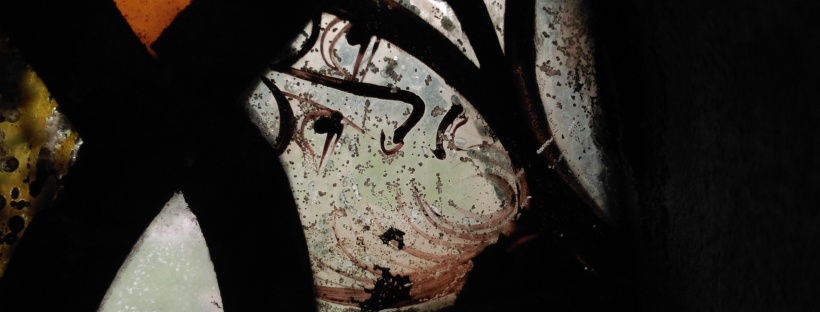A couple of weeks ago, this history junkie had the pleasure of visiting Goodrich, Skenfrith and Grosmont Castles, all in one day – to say that I was in my element would be putting it mildly…
Having grown up in Worcestershire, and with parents willing to drive me all over Herefordshire and the Welsh Marches, my love of ruined castles started at an early age. And the castles of this area are, without doubt, the ones I love most.

Skenfrith Castle
As long as I can remember, I’ve been entranced by their strong, dominating presence – even those where little now remains, have left an imprint on our imaginations of their once powerful influence.

Grosmont Castle
The castles of this region were built primarily to dominate – to oppress, to make it clear to the local population, who was now in charge. Some were later adapted for more stately living, but in the main they are business-like buildings, sending out a message that is still obvious today, nearly a thousand years since they were introduced by the Norman invaders of the eleventh century.
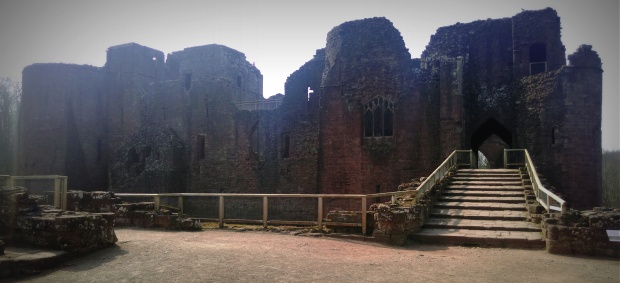
Goodrich Castle
Every time I see one of the castles of the Marches, I debate with myself, why is it that as someone whose natural tendency is to side with the Anglo-Saxons, gets such a thrill from castles, which would surely have been viewed as an unparalleled outrage by the Welsh and Anglo-Saxon population when they were built. I’ve never really found the answer, – perhaps I’m really of Norman descent? All I can say is, whenever I walk up to one of these brooding beasts, I break out into a massive smile…
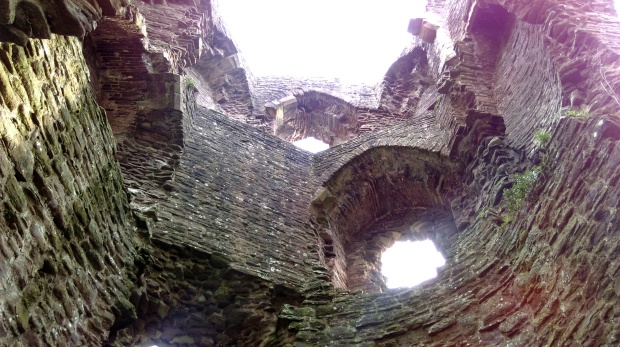
Windows – interior tower – Grosmont Castle
All three of the castles I visited recently are early examples – castles built to defend and dominate their surrounding area – the Monnow valley – which was an important route between Hereford and Monmouth. Skenfrith and Grosmont, together with White Castle, are known as the Three Castles, and were mainly under the responsibility of the same governor, for most of their active history. But while Skenfrith and Grosmont were largely abandoned and left to ruin by the sixteenth century, Goodrich, which is significantly larger, went on to see action in the Civil War.

Courtyard interior Goodrich Castle
I’m not going to go into the individual histories of each castle here – there are excellent Wiki pages with links at the bottom of this post if you want to learn more about them.

Courtyard – Grosmont Castle
The aspect which captivates me, is being able to recreate in my mind the nature of the buildings and to try to put myself in the shoes of the people who actually used them all those centuries ago. I like to look out of the arrow slits or the deep window seats and wonder who else sat there – what were they doing? What were they looking for? Imagine being on watch on the battlements, imagine the sights, sounds and smells of life within those massive stone walls.

So much stone! – Grosmont Castle
For me, the whole romance of these places is the closeness of the past – I put my hand on the stone as I walk up the spiral staircase, and immediately think about all those other hands that touched exactly that spot…
And I feel transported.
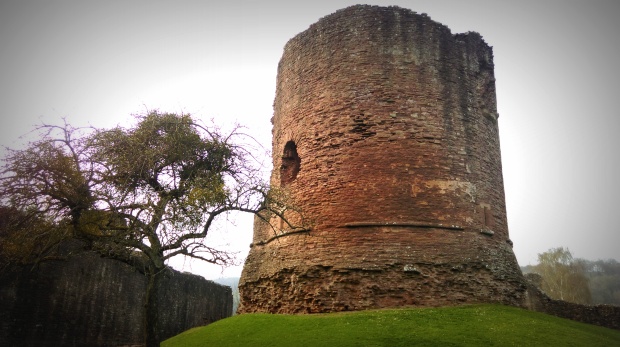
Skenfrith Castle
Easy isn’t it, to see why they inspire poets, playwrights and painters…

For more information…
Skenfrith Castle – history
Grosmont Castle – history
Goodrich Castle – history
Skenfrith and Grosmont are free to visit at any reasonable time. There is a charge at Goodrich. The cafe at Goodrich is excellent – try the cheese scones!
❤
 Hardwick Hall – more glass than wall – as they say…
Hardwick Hall – more glass than wall – as they say…  Bess of Hardwick, later in life when the widowed Countess of Shrewsbury
Bess of Hardwick, later in life when the widowed Countess of Shrewsbury 